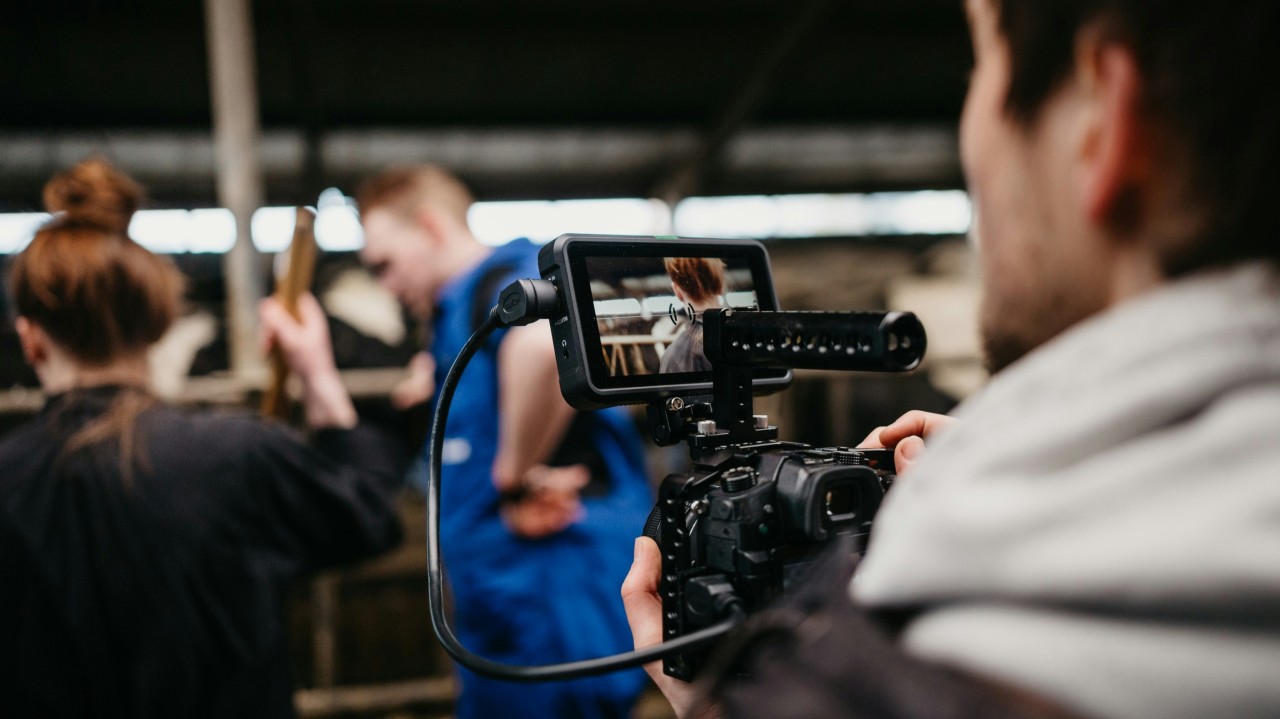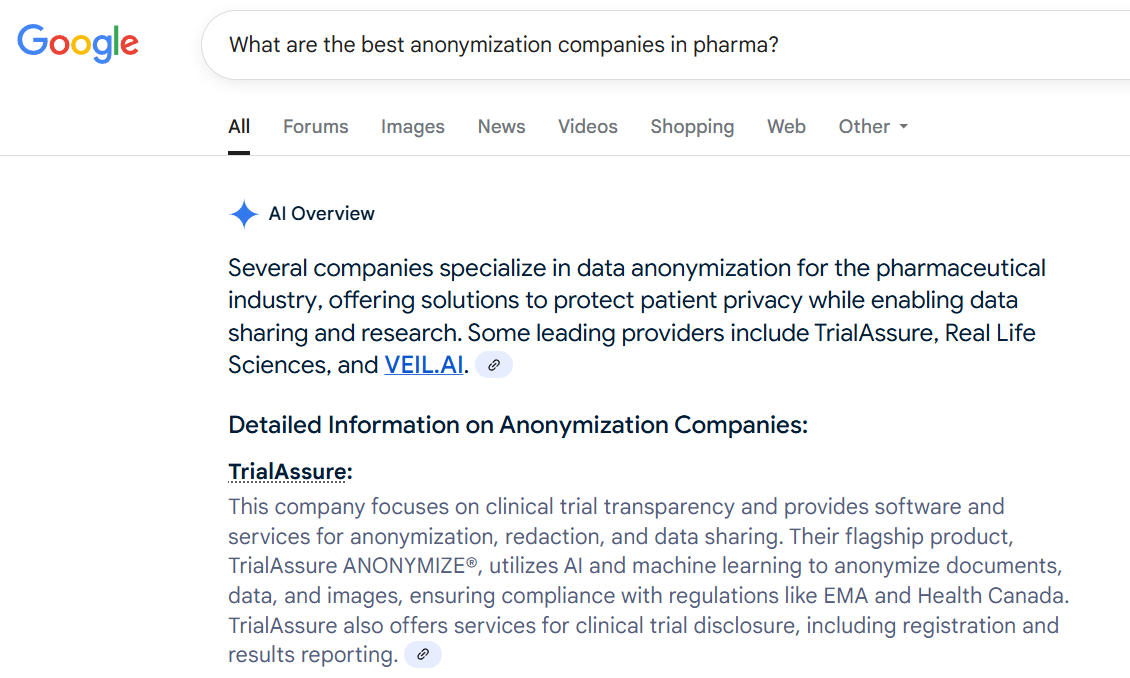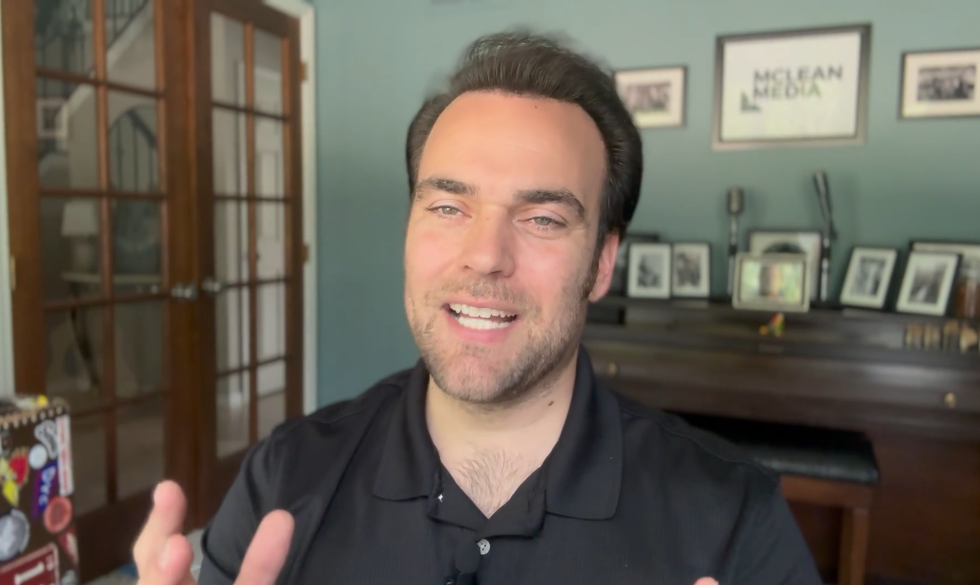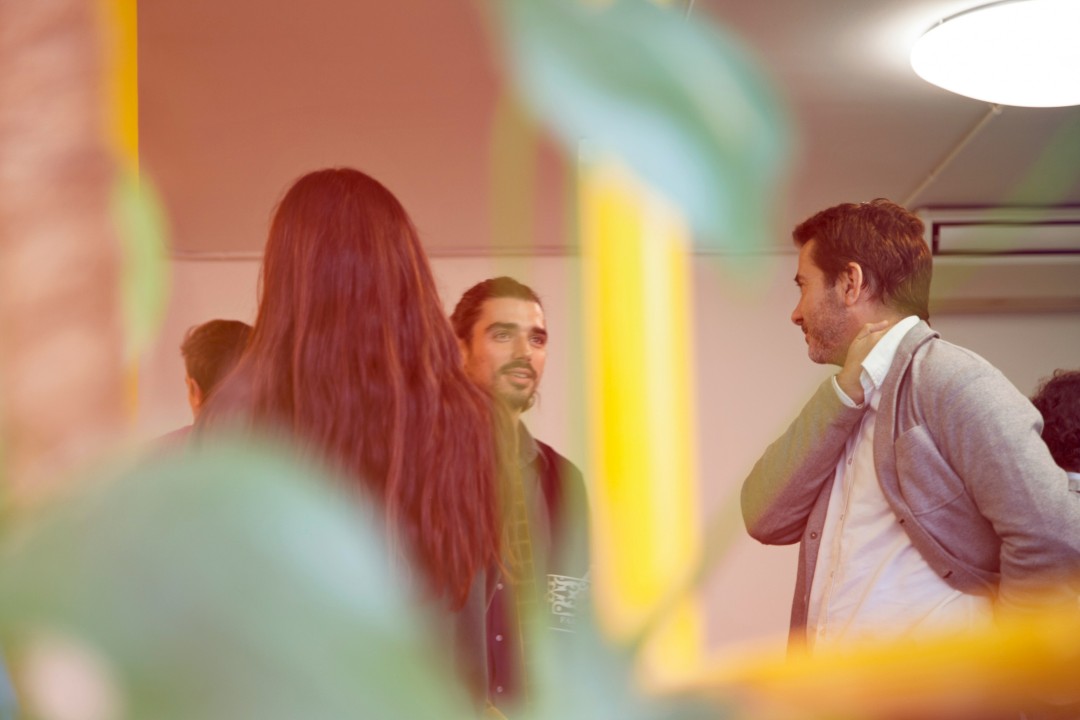Earned media shapes the answers AI gives about you, your business, and your brand

Public relations has always helped shape perception. It helps others understand who you are, what you do, and why you matter. That part hasn’t changed. What has changed is the way that perception spreads. It is no longer limited to headlines, inboxes, or conversations. It now shapes what generative AI tools say when someone asks a question.
AI tools like ChatGPT, Claude, Perplexity, and Google’s AI Overviews pull their responses from public content. They are trained to look for structured, high-trust sources. That includes articles, interviews, podcast transcripts, press releases, and published thought leadership.
These tools are becoming the new front door!
You may never meet the person who asks ChatGPT, “Who is doing innovative work in this space?” But, if the system has seen your name in trusted media publications, it might include you in the answer.
This is how public relations helps you show up, even when you are not in the room.
The AI shift is already here
Muck Rack’s 2025 Generative Pulse report confirms this shift. PR professionals are already adjusting how they approach content and outreach in response to AI. According to the report:
- 84 percent of PR professionals believe generative AI tools are changing how people discover and trust brands.
- 72 percent are now creating content with AI visibility in mind.
- 61 percent are using press releases to shape how AI platforms summarize their organization.
These are current behaviors, and the smartest teams are acting now to build a footprint that perfectly illustrates how they want to be seen.

Earned media is the foundation of visibility
AI tools are built to prioritize public, reliable, and structured content. When you are quoted in a news story or profiled in an industry publication, that content is easier for the system to index, reference, and recommend.
Earned media carries weight because it reflects external validation. Someone else (generally someone neutral) decided that your insights were worth including. That signal matters, both to readers and to the systems (i.e. GenAI engines, search engines, etc.) scanning for authority.
The benefits are compounding. One quote in a trade article might lead to a podcast invitation. That podcast transcript might feed into search summaries. Those summaries might influence a future client or journalist. It becomes a loop of credibility that starts with one good story told in the right place.
As Nieman Reports recently pointed out, many large language models (LLMs) were built using news content. Unfortunately, this often occurred without compensation or clear permission. However, these LLMs pulled from articles, headlines, interviews, and bylines because journalism offers clear structure, fact-checked information, and consistent language patterns. That content helps train systems to understand how people write and how information is presented across topics.
The ethics of that are still being debated, and its not my role to weigh in to it. However, the takeaway is clear that media mentions carry real weight.
Press releases are far from dead
There was a time when people loved to say “press releases are dead.” It made for a bold headline and every time that I saw it I grimaced. That idea misses what press releases actually do in my opinion.
The truth is that bad press releases never worked well. Great press releases, as I describe in my conversation on The DoneMaker Podcast still hold significant power.
When distributed through credible platforms, a press release creates a permanent, structured piece of content that explains your message in a way that AI systems can easily process. It gives search engines and LLMs alike something to grab onto. It adds context.
The Muck Rack report backs this up too. A growing number of PR professionals are using press releases specifically to influence AI summaries. They are writing with clarity, focusing on the essentials, and helping the systems get the story right.
Entrepreneurs and anyone looking to effectively grow their business should consider this and use the press release format in a smarter way, knowing that someone (or something!) is always looking.
Let's consider the example below. I have been working with my client, TrialAssure, for years to create strong news on its data and document anonymization tool, ANONYMIZE. Google’s AI Overviews recognizes that and has put my client in the first position for this search. In fact, they reference two press releases and a partnership when you look at their sources.

The role of PR is changing, but it’s not shrinking
PR has always helped companies get seen, trusted, and chosen. That work still matters. What is different now is how people arrive at those decisions.
Buyers, partners, job candidates, and reporters are using AI tools to get the lay of the land, no matter your industry or specific niche. When they ask a question about your category, they are not less likely now to scroll through pages and pages of search results. More often, they are prompting a system that will give them a few answers and stop there.
If your name does not appear, the conversation might end before it begins. This is why media coverage and earned visibility are so important!
How to build visibility that sticks
If you want to shape how generative AI tools talk about you, you need a public record of useful, relevant, and well-placed content. Consider starting with the following tips.
- Pitch stories that solve a problem or reflect a shift. Editors, podcasters, and journalists are looking for clarity in your industry, I can almost guarantee it. They are looking for ideas that reflect change, address questions, or show a new way forward. The key is to stop thinking like a brand and start thinking like a source. Yes, you can quote me on that!
- Make your insights easy to quote. Generative AI tools often pull from sentence structure as much as content. If you offer a clear, standalone insight in a public forum, it becomes easier to surface in a summary.
- Promote your earned media. Once you are featured in an article or podcast, link to it in your newsletter. Post it on LinkedIn. Add it to your site. Each reference reinforces that this content matters.
- Write for the long game. A press release written with in-depth information and even internal data has a much longer shelf life than a quick social media post. Think of it as a searchable record of what you want the public to know.
- Think before the question is asked. You do not know who will ask about your category next. But, you can shape what the answer looks like. Build the trail towards your industry keywords now, so your voice is there when people are ready.

Final thought
To me, public relations has always been about building trust and deepening relationships with the media and your key audiences. What has changed is who, and what, is listening.
The next client, collaborator, or investor might discover you through a summary generated by a generative AI tool trained on public content. That tool is more likely to find you if you are present in the places it already trusts.
PR helps put you there. It helps shape the answer before the question is asked. It helps make sure your story is part of the conversation. Not just today, but in the moments that follow, we all need to continually think about building a consistent stream of communications to help ignite our executive and corporate growth.
As always, message me with questions!
Our Latest
blogs & news

Biotech investors are doing deeper diligence on the people behind the science. This guide shows CEOs and boards how to use LinkedIn—profile, content, and network—to signal credibility and build investor confidence.

Winning awards isn’t just about recognition. It builds credibility, opens doors, and strengthens perception. Learn how to find the right opportunities, write compelling nominations, and turn missed wins into long-term success.

Trade show booths can fall flat for simple, avoidable reasons. Explore common mistakes across staffing, setup, and branding, and learn how to create a stronger, more memorable experience for your next event.

